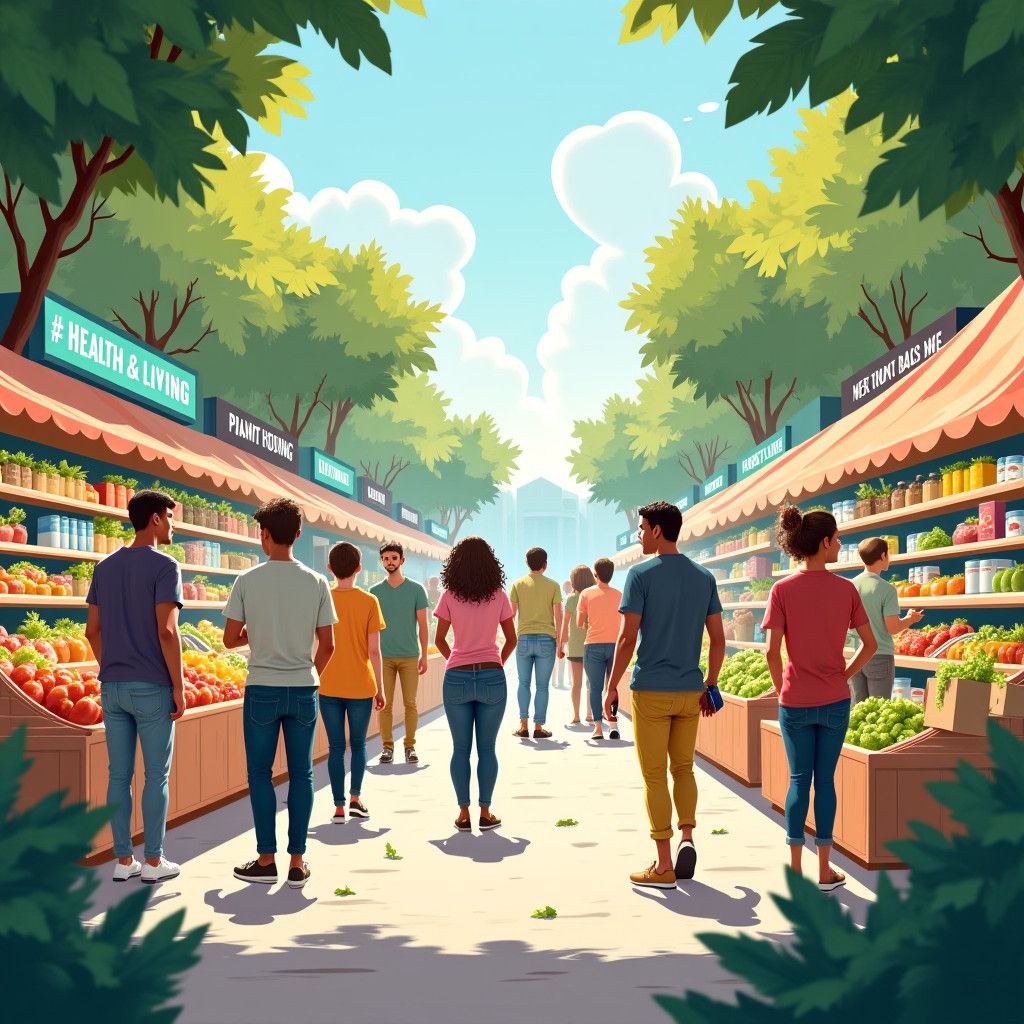KeHE Distributors LLC, a prominent name in the North American distribution of natural and organic products, has recently outlined five macro trends expected to shape the food and beverage landscape in 2025. These trends not only highlight the evolving preferences of consumers but also serve as a roadmap for retailers and suppliers aiming to meet the rising demand for healthier, convenient products.
1. All Day Protein
The first trend KeHE identifies is the increasing consumer preference for protein-rich foods throughout the day. As we know, protein plays a vital role in muscle health, energy sustainability, and cellular repair. More brands are recognizing this demand, introducing innovative high-protein options across various product categories. Take, for instance, the rise of protein-infused snacks like granola bars and even savory items like protein-enriched pasta. Social media has further fueled this trend, particularly among younger generations who actively seek versatile protein sources for breakfast, lunch, dinner, and even snacks in between. The heightened visibility of protein labeling on packaging is expected to contribute significantly to the awareness and subsequent sales of these products.
2. Drink Your Health
Moving on to beverages, KeHE emphasizes a growing consumer preference for functional drinks targeted at health improvement. With an increasing focus on hydration combined with additional health benefits—think anti-aging, gut health, and cognitive support—brands are being challenged to deliver not just taste but also functionality. A look at the beverage aisles reveals a rising array of options, from kombucha and herbal teas to fortified waters that promise mental clarity. Younger consumers are particularly attracted to non-alcoholic beverages, further driving innovation in this sector. Right now, companies like Oliver’s Market are harnessing this trend by rolling out flavorful, health-driven alternatives that capture both attention and taste.
3. Unexpected Areas of Discovery
The shopping habits of today’s consumers are increasingly hybrid, smoothly transitioning between online and in-store options. Data shows that multichannel shoppers frequently exhibit higher spending potential compared to those who shop exclusively in brick-and-mortar locations. However, there remains a noticeable preference among older generations for purchasing fresh produce and meats physically, as purchasing decisions are often influenced by sensory experiences. Social media platforms, especially TikTok, are playing a crucial role in shaping these shopping trends, creating opportunities for impulse purchases driven by viral food sensations. Retailers that adapt to this blend of online and offline elements will likely gain a competitive edge.
4. International in Every Aisle
As the United States continues to grow more culturally diverse, there is a rising demand for global flavors and cuisines. KeHE has noted that younger generations are particularly inclined to explore international products, driven by curiosity and the influence of social media. The trend is reflected in food procurement practices, where shoppers seek authentic and high-quality ingredients that tell a story. Retailers can enhance customer experience by merchandising international and domestic products in tandem, allowing consumers to discover exciting new flavors alongside their familiar favorites. This integration not only broadens the culinary palate of patrons but also fosters a sense of adventure in their shopping journey.
5. New Rules of Aging Well
Consumers are increasingly proactive about their health, particularly in relation to aging. They favor preventative measures and longevity-enhancing products. Natural ingredients that promote anti-inflammation and holistic health, alongside the advent of GLP-1 products for blood sugar management and weight control, are reshaping purchasing patterns. Brands are adjusting their strategies to meet this consumer shift towards wellness and self-care. Research indicates that consumers are more inclined to invest in products that emphasize a healthier lifestyle, resulting in significant growth across this sector.
In a nutshell, KeHE’s insights provide valuable foresight into key trends driving the food and beverage industry in 2025. As retail environments adapt and innovate in response to these shifts, businesses can leverage such data to synchronize their offerings with evolving consumer needs.
To stay competitive, suppliers and retailers must not only focus on introducing new products but also on educating consumers about the benefits and versatility of existing ones. Ultimately, the fusion of health, convenience, and experience will define the retail landscape in the coming years.
